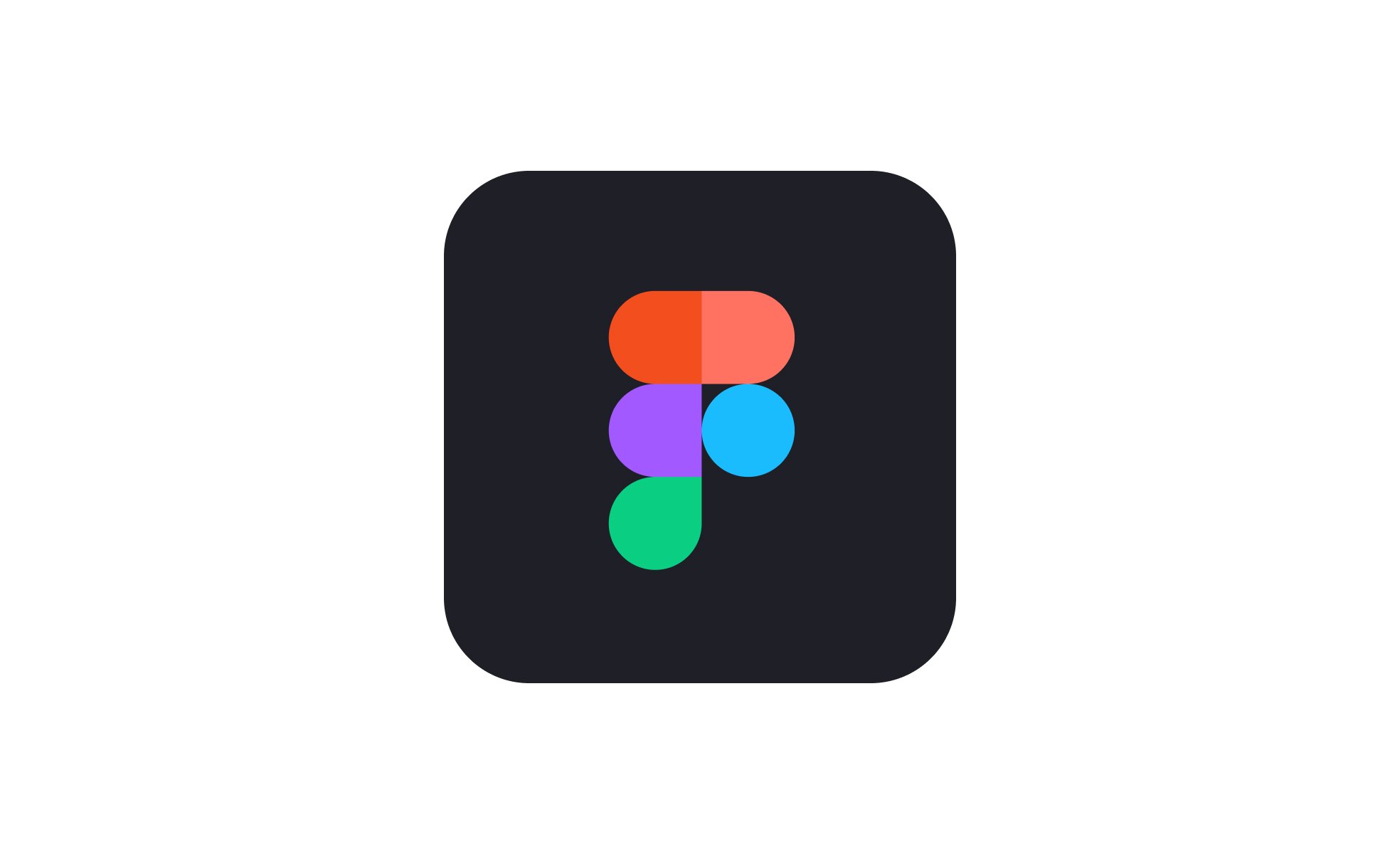What is Figma?

Hire Arrive
Technology
about 1 year ago
 Figma is a collaborative interface design tool that's rapidly becoming the industry standard for UI/UX design. Unlike traditional design software like Adobe Photoshop or Sketch, which are primarily desktop-based applications, Figma is a browser-based application, meaning you can access and work on your designs from anywhere with an internet connection. This accessibility, coupled with its powerful features and collaborative capabilities, has propelled Figma to the forefront of the design world.
Figma is a collaborative interface design tool that's rapidly becoming the industry standard for UI/UX design. Unlike traditional design software like Adobe Photoshop or Sketch, which are primarily desktop-based applications, Figma is a browser-based application, meaning you can access and work on your designs from anywhere with an internet connection. This accessibility, coupled with its powerful features and collaborative capabilities, has propelled Figma to the forefront of the design world.
Key Features and Capabilities:
* Browser-Based: This is Figma's defining characteristic. No downloads or installations are needed; all you require is a web browser. This makes collaboration seamless and accessible to anyone, regardless of their operating system (Windows, macOS, Linux, Chrome OS) or device (desktops, tablets, even some phones).
* Real-time Collaboration: Multiple designers can work on the same file simultaneously, seeing each other's changes in real-time. This eliminates the need for version control headaches and fosters a more fluid and efficient design process. Built-in commenting and feedback tools further enhance collaboration.
* Vector-Based Design: Figma uses vector graphics, meaning images maintain their crispness and clarity regardless of size. This allows for scalability without losing quality, crucial for designing interfaces for various screen sizes and resolutions.
* Prototyping: Figma allows you to create interactive prototypes, simulating the functionality of your designs. This lets you test user flows and gather feedback before development begins, saving time and resources. The prototyping tools are intuitive and allow for sophisticated interactions, including animations and micro-interactions.
* Version History: Figma keeps a detailed record of every change made to a file, allowing you to revert to previous versions if necessary. This provides a safety net and ensures that no work is ever truly lost.
* Plugins and Integrations: A vast ecosystem of plugins extends Figma's functionality, integrating with other tools and services to streamline your workflow. These plugins can automate tasks, enhance design capabilities, and connect Figma with other parts of your design and development pipeline.
* Community and Resources: Figma boasts a large and active community, providing ample resources, tutorials, and support for users of all skill levels. This readily available knowledge base helps accelerate learning and problem-solving.
Who Uses Figma?
Figma caters to a broad spectrum of users, including:
* UI/UX Designers: The primary user group, using Figma for wireframing, prototyping, and visual design.
* Product Managers: Using Figma to collaborate on design decisions and track progress.
* Developers: Using Figma's design specs and assets to build and implement the designs.
* Marketing Teams: Utilizing Figma for creating marketing materials and branding assets.
Figma vs. Other Design Tools:
While Figma shares functionality with other design tools, its browser-based nature, real-time collaboration, and robust prototyping capabilities set it apart. Its competitive pricing model, including a generous free plan, also makes it an attractive option for individuals and teams of all sizes.
In conclusion, Figma is more than just a design tool; it's a collaborative platform that's revolutionizing the way designers and teams work together. Its accessibility, power, and collaborative features make it a compelling choice for anyone involved in the design and development process.